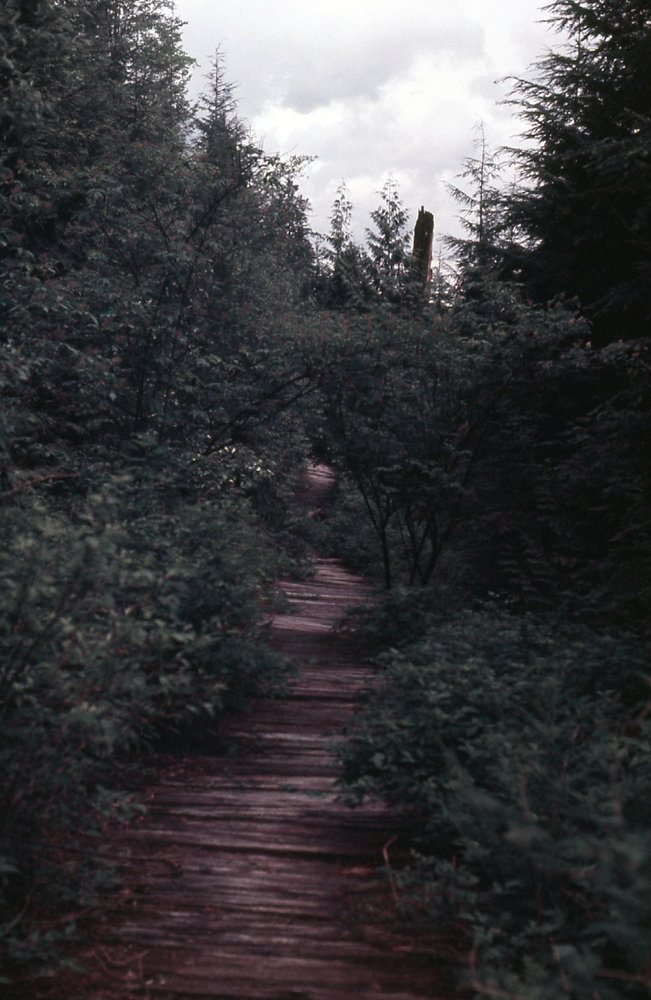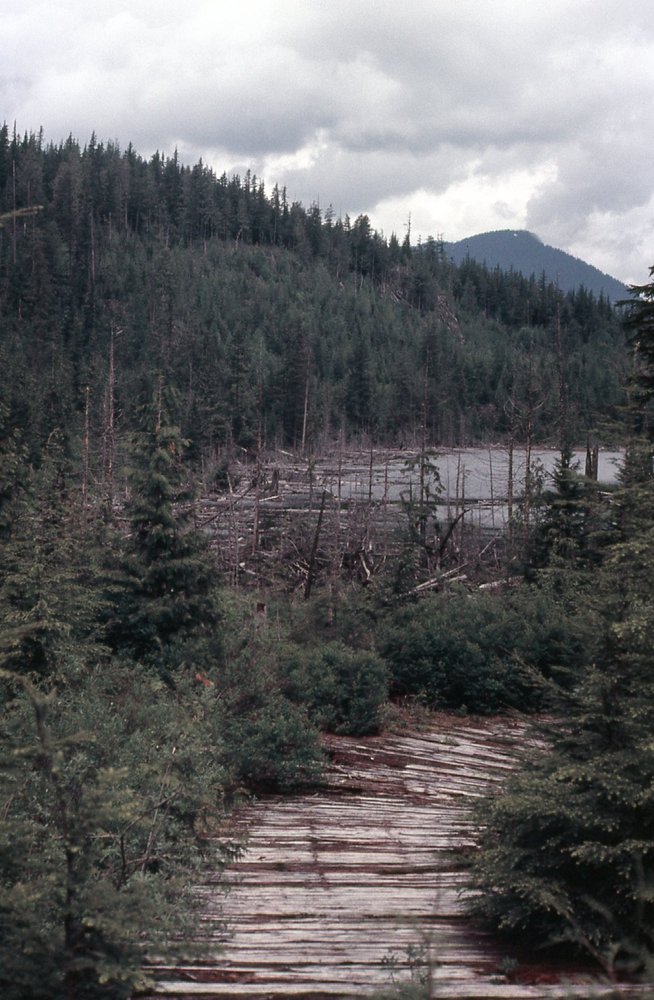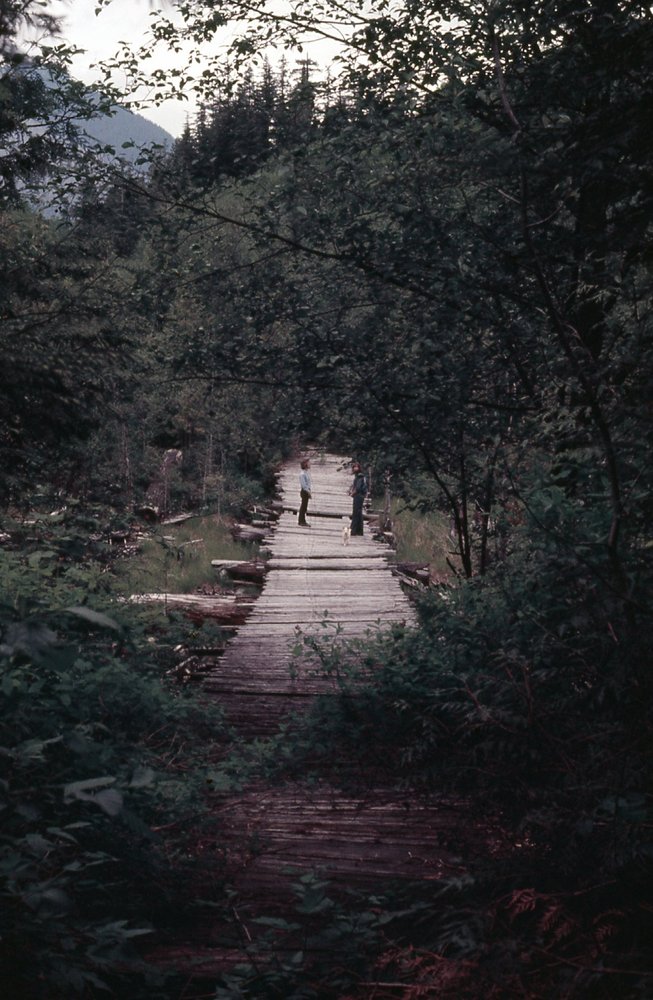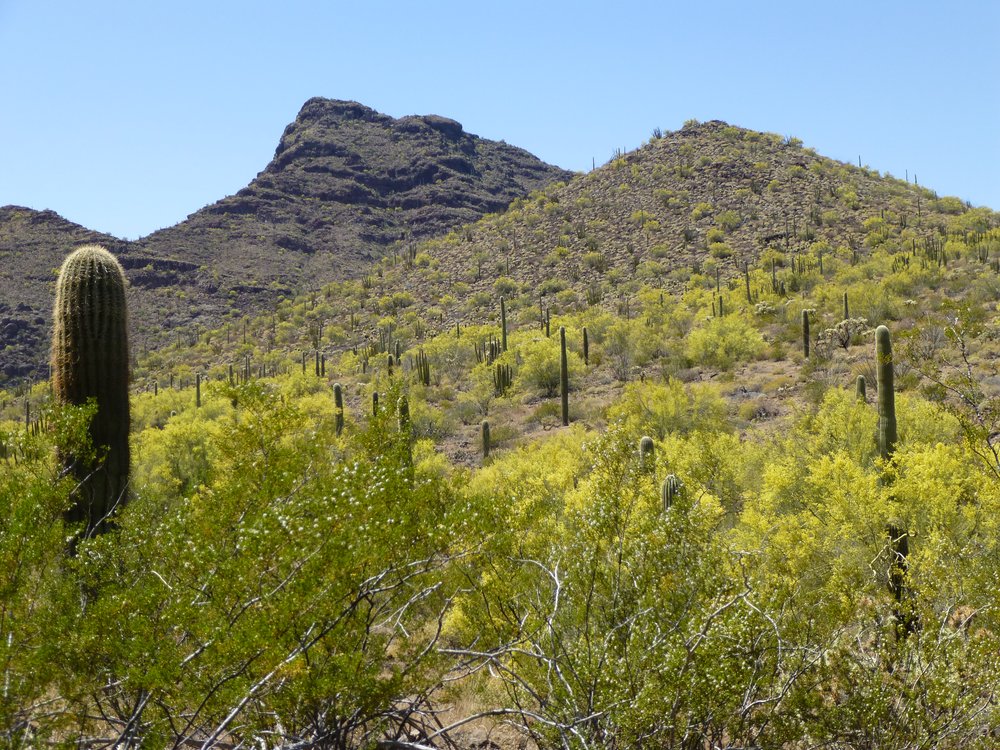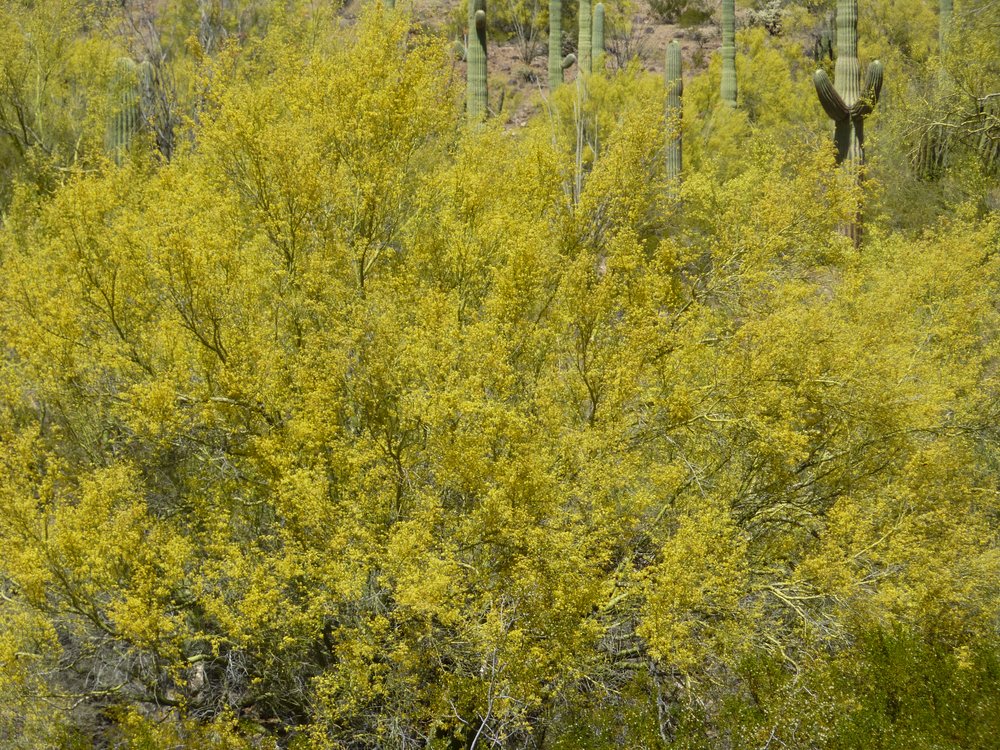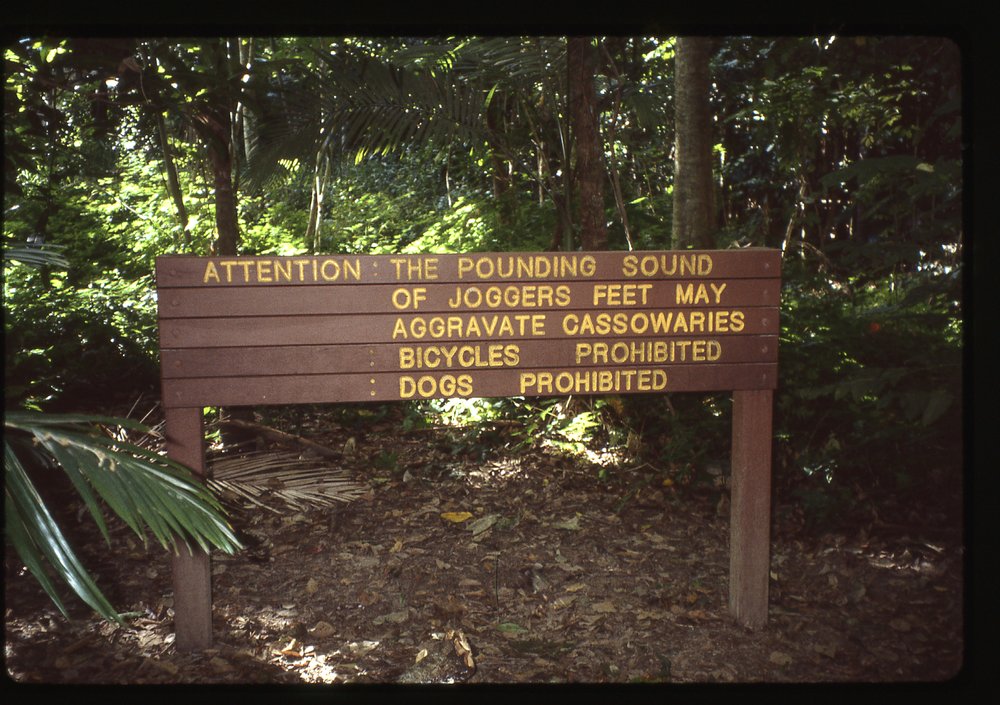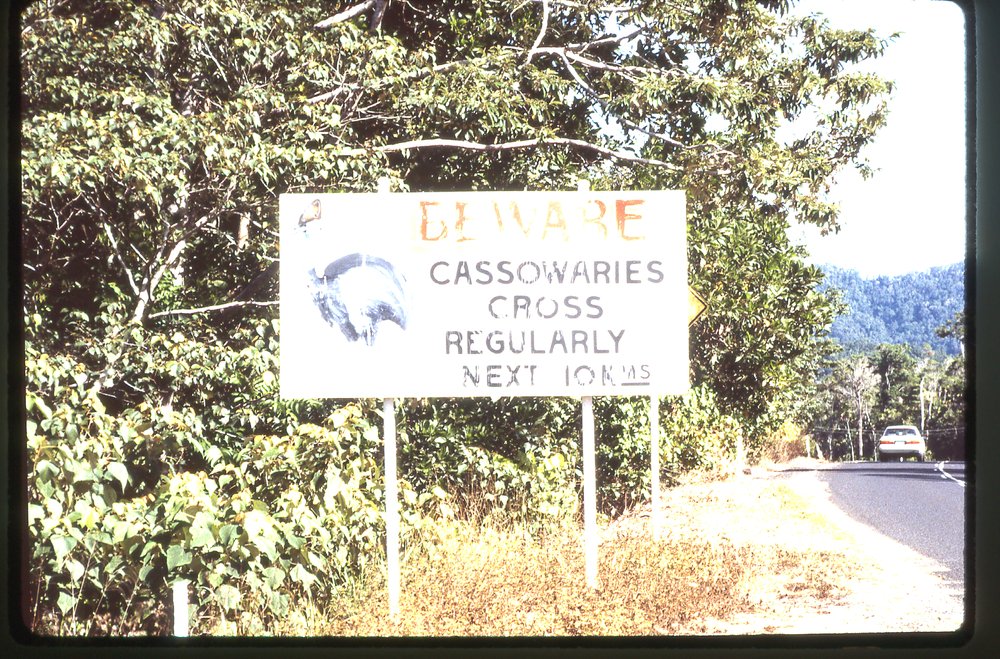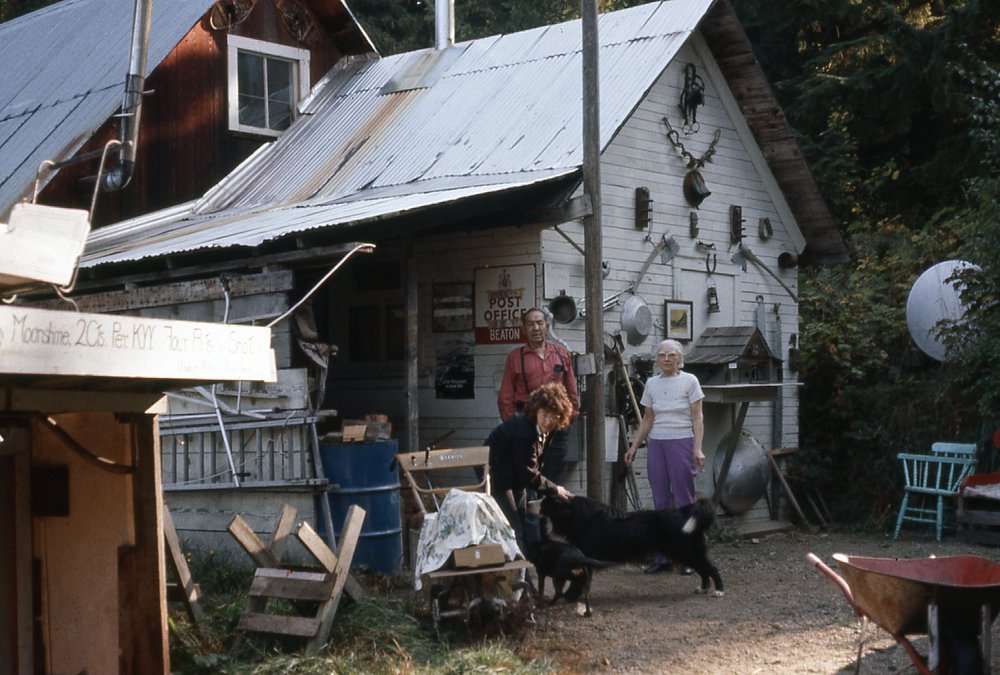Take-out Pizza
Some years ago, I was heading in to begin a trip that would involve the toughest climbing of my life. Things would start off in an unusual way. The evening before the fireworks started, I was in a small town with only one decent place to eat. I ordered a large pizza and ate half of it for supper, then drove to the trailhead where I camped for the night. Very early the next morning, I set out on foot to cross 13 miles of open desert, at the other side of which I would meet my partner who was already camped in a remote spot.
After a drop of 800 feet down a mountainside, I was on level ground and didn’t have to pay much attention to my footing. Guess what I did next? – breakfast. I was carrying the pizza box from the night before, with the other half of the pizza. I guess I’d never had cold pizza before, and it wasn’t too bad. I ate it as I walked, and in a short while had demolished it. Once I had eaten the last bite, I stopped and took a match out of my pack, then lit the cardboard box. In a minute it had turned into ash, which blew away on the wind. No fuss, no muss.
Smitty’s
In the summer of 1966, my buddy and I were working at a sawmill in the Canadian Rockies. I had a motorcycle and we used it to advantage, every weekend taking off, camping and climbing. Once in a while, we’d find ourselves in Banff, Alberta. There was a restaurant called Smitty’s Pancake House, and whenever time allowed, we’d stop there for a meal. Money was tight – we earned about 80 bucks a week, before deductions. For under 2 dollars, you could get a big stack of pancakes. It wasn’t just the pancakes you got for that price, though – in addition, you got butter and all the free syrup you wanted. We really poured that on thick, which jazzed up the meal and made it all the more filling, making us feel that we were really getting our money’s worth.
Corduroy Road
Most people have never seen a corduroy road. Loggers used to build them in places where a conventional road wouldn’t work. They would lay a series of logs down perpendicular to the direction of travel, and once properly in place you could drive a heavily-laden track on them. The first time I ever saw a corduroy road was on the first mountain I ever climbed. Parts of that peak had been logged many years ago, and I first saw the road in 1962. There were stretches of it still intact when I took these pictures in 1973.
As you can see, parts of it were still quite intact. These roads worked quite well in boggy locations.
Outgoing Mail
There have been quite a few times when I have been climbing in other countries when I relied on the goodness of strangers to help me stay in touch with the folks back home. I have carried postcards with me, and when I had time, wrote my message and addressed them, then asked strangers who were on their way back out to civilization to please mail them for me. Sometimes I already had affixed the required postage, but other times had not. In such cases, I would give them money along with the cards, and ask the even-bigger favor of buying the necessary stamps and then mailing them. At times I would do this while at a campsite, but I’ve also done it when meeting someone along a trail. There seems to be some sort of sacred trust implied in doing this, because not once, ever, did a complete stranger fail to follow through and complete this favor for me. I know that if someone ever asked me to do this for them, I would take their faith in me very seriously and make sure I followed through.
Ten Peaks
It was the autumn of 1968 and I was a university student in Vancouver. As the year was coming to a close, I came up with a bold idea for my Christmas vacation. I would make my way, solo, to Alberta – more specifically, to Banff National Park. From Moraine Lake, in the Valley of the Ten Peaks, I would climb up to the high country. Once there, I would camp up high and try to climb the ten peaks that give the valley its name, all of them over 10,000 feet elevation. Well, luckily for me, my trip never came to pass. I don’t know what I’d been smoking to think that I could pull off such a stunt. If I had tried it, my frozen corpse would still be up there somewhere.
The Yellowing
In April each year here in the low desert, the landscape turns decidedly more yellow. Our palo verde trees become covered with countless blossoms, and this is so noticeable because they are the most abundant tree that grows in the lower elevations of the Sonoran desert. This picture shows a typical piece of desert in April.
And here is a close-up of one of the trees, covered in thousands of blossoms.
These are a favorite landscape tree in the city as well. However, they fill the air with invisible pollen, which affects allergy sufferers. In a couple of weeks, they have run their course, and the streets are littered with drifts of fallen yellow blossoms.
Cassowary
In July of 1992, I found myself in northern Queensland. One of the main reasons I had made the long journey to Australia was to observe their amazing bird life. My month-long stay started in the lovely city of Cairns, and one of the first places I visited was a park on the outskirts. Imagine my excitement when I saw this sign.
As I walked the trail, I was both excited and nervous – what would I actually do if I met one of these birds? They can stand over 6 feet tall and easily weigh more than 130 pounds. Well, I had no luck that day, or maybe I was lucky indeed, as these birds have killed humans. Three days later, I had motored 90 miles south to the community of South Mission Beach. There, the proprietor of a campground assured me that virtually every morning without fail, a cassowary came out of the forest and walked into the open on his property – all I had to do was wait. So I did, for hours, but no bird. The man was puzzled as to why, saying that it was the first day in a very long time that one hadn’t showed up. It appeared that I was not meant to meet the bird after all. Near the campground was this sign, as if to frustrate me even more.
Garibaldi
I just finished reading a stirring account of the first ascent of Mount Garibaldi, published in the Canadian Alpine Journal of 1908. That party had started on foot at sea level and had taken 8 days to climb the peak and return to Squamish. In those days, they figured the peak was 10,000 feet in height, but we now know it is actually 8,786 feet. Nevertheless, they pioneered the route in good style. Nowadays, you can drive up to 3,000 feet, then follow trails for several miles. Beyond that, it’s still a challenging climb on steep snow slopes, but you can be standing on the summit the same day you start. How times have changed!
KKHI
When I was in high school, a girl in my class told me that she thought I might enjoy listening to some classical music. She had an LP record she wanted me to hear, but I had no record player. No problem, she had one she could lend me. She brought the record and the portable player to my house and said I could keep them for the summer. One side of the LP had the first movement of Beethoven’s Piano Concerto No. 5, and the flip side had the first movement of Dvorak’s Symphony No. 9. I fell in love with both pieces and practically wore the record out playing them over and over that summer.
During the same summer, I discovered one evening a San Francisco radio station at 1550 on the AM dial. Its call sign was KKHI and they played classical music. School resumed in the fall, and every evening, I would listen for hours while I did my homework. There were rare times when reception was too poor to listen, and I missed the music. Thus began my lifelong love of classical music, and I really attribute it to the many happy hours listening to KKHI. The station changed to a different format decades ago, but while they were broadcasting classical music, they enriched the lives of many of us.
Guides in Golden
In the year 1912, the Canadian Pacific Railway built 6 chalets in the town of Golden, BC. They wanted to create a more permanent home for the Swiss guides they had hired. Mountain climbing had been advertised by the railroad as something special that could be done in the Canadian Rockies and the Selkirks. They had built hotels to accommodate those tourists, and had brought guides from Switzerland to lead them safely up the peaks. Guides such as Engler, Aemmer, Feuz, Kaufman and Haesler became famous over several decades from the work they did. Those 6 chalets were in a little community named Edelweiss Village, which still stands today. The guides have all passed away, but many of their descendants still live in Golden.
Heather
During the years I climbed in BC, my favorite times were those spent up in alpine country. A special memory was seeing, walking through and even camping in patches of heather. I remember three distinct colors of the tiny blossoms – white, pink and purple. Any of the colors could be randomly found, and I don’t think there was any rhyme or reason as to which would be seen in a particular location. I’m sure botanists would have something to say about that, but I always tried to notice which color was present wherever I went. Heather always brightened up my day.
The Stagecoach
In the fall of 1974, I was driving through the Interior of British Columbia. The weather held fair, and I used it to advantage to visit a number of ghost towns and out-of-the-way places. One of the most remote, way out beyond beyond, was a spot called Beaton. This place was so far off the normal tourist routes that most BC residents had never heard of it. It was September 21st when I rolled in.
I didn’t have any expectations when I arrived, not sure what I’d find. Many years before, it had been a thriving, if small, community. At the time of my visit, it had a total population of exactly two. Back in its heyday, the folks who lived there engaged in logging and mining. In no time at all, I had found Fred and Ina Lade. He had been a steam engineer back in the day, but had long since retired. They had held on, living in their home of many years. When the Keenleyside Dam had been built in 1968 near Castlegar, it flooded 144 miles of the path traveled by the Columbia River. Beaton now sat on the shore of the lake near its upper end. Below is a picture I took of the Lades in front of their home. I don’t know how long they had lived there, but one thing they told me stands out to this day – they remembered when the stagecoach made a regular stop at Beaton. They probably told me when the last stage ran, but I’ve forgotten. If I had to guess, I’ll bet it was no later than 1920 or thereabouts, based on what scanty information I can find on the Internet. It was fascinating to talk with them. I know they’ve both long-since passed away, but I consider myself fortunate to have met them.

